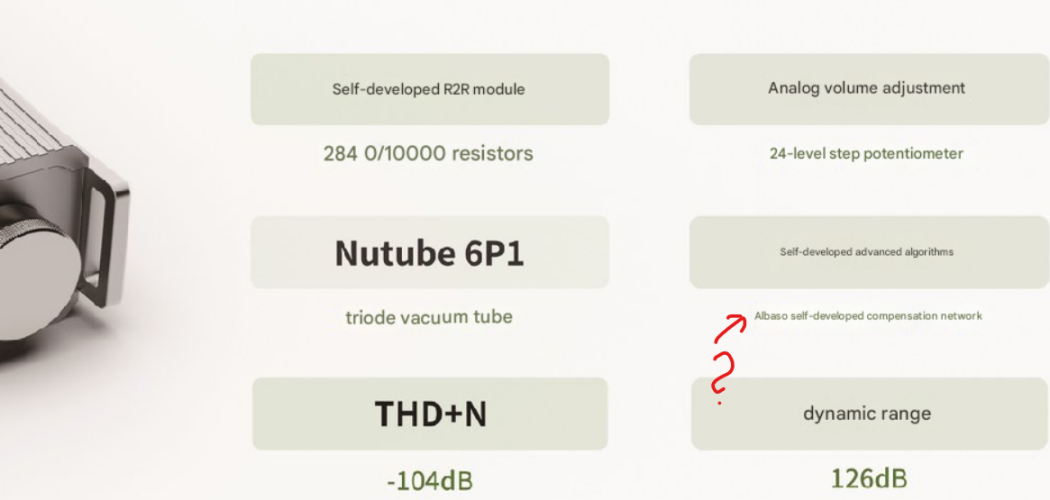PhenixS1970
500+ Head-Fier
Question regarding how the D16 works: does the source make a difference in sound if connecting via SPIF? For example, since the signal is being processed by the D16, would the dx180->D16 provide the same sound as dx340->D16?
From Twister6:
Using DX180 coax out, the D16 also had a bit sharper and more revealing tonality in comparison to a smoother, more laidback, more analog tonality when using DX340 as a transport while driving the D16 from its coax output.





















